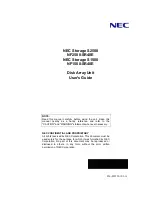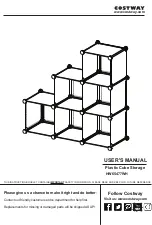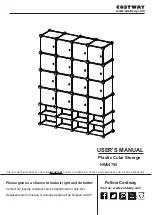
•
“Average file size” (page 144)
•
“File system type” (page 144)
•
“Connection from the host server to the disks” (page 144)
•
“Backup server” (page 144)
•
“Backup type” (page 145)
•
“Connection from the host server to the device” (page 145)
•
“Media” (page 145)
You can use the L&TT system performance test to assess the performance of simulated backup
and restore operations. For information on downloading and using L&TT, see
“Using HPE Library
& Tape Tools to diagnose problems” (page 183)
.
Average file size
The hard drive must seek to the position of a file before it can start reading. The more time the
disks are seeking to files, the lower the performance. Therefore, if the average file size is small,
the read performance will be lower.
To determine the average file size, divide the size of the backup by the number of files.
If the average file size is small (64 KB or less), consider using a sequential, image, or block
backup method that backs up the whole hard drive or LUN image instead of individual files. The
trade off for using one of these methods is that you might only be able to restore the entire image
instead of individual files.
NOTE:
File fragmentation will also cause excessive drive seeking, which lowers performance,
so ensure that files are regularly defragmented.
File storage system
The file storage system determines the organization of the files on the disks. Using RAID
controllers to spread files over multiple disks can improve performance because some disks can
be seeking while others are reading. Storing files on a single non-RAID disk results in the slowest
performance while storing files on a high-end disk array results in the fastest performance.
Converting standalone disks to RAID can improve performance.
Ensure that the file systems being backed up have no or minimal fragmentation.
Connection from the backup server to the disk array
The connection between the host server and the disks determines how much data can be
transferred from the disks to the host computer at a time. A connection with insufficient bandwidth
cannot provide enough data for the tape drives to write at full speed. For optimum performance,
the storage subsystem must be able to provide data at the tape drive’s maximum transfer rate.
Backup systems using a lower speed Ethernet network should use multiple network connections.
Backup/archive server
The backup server must have enough RAM and processor power to transfer the files from the
disk to the tape drive, in addition to running the backup or archive software and any other
processes.
Check the RAM and processor usage during a backup operation. If they are operating at capacity,
adding RAM or processor capability can improve performance.
144
Troubleshooting
















































